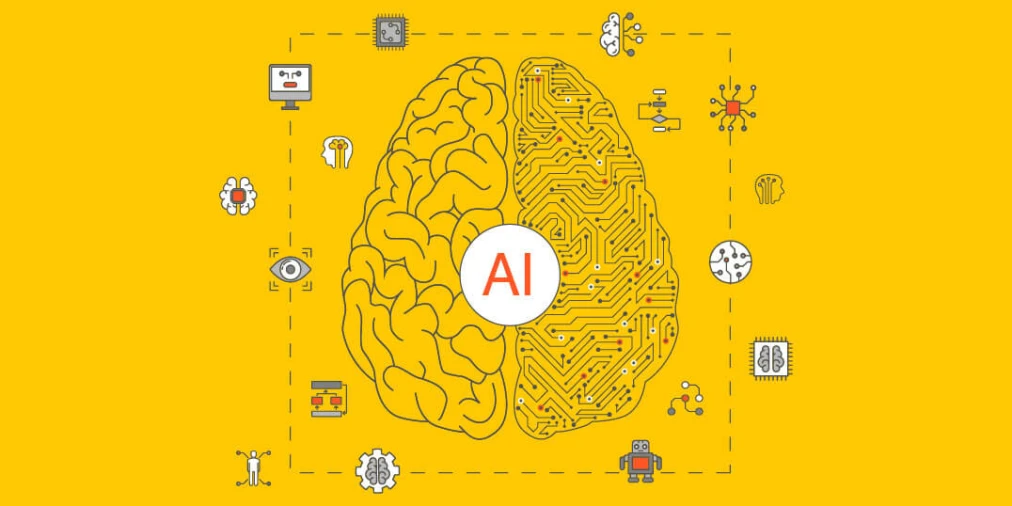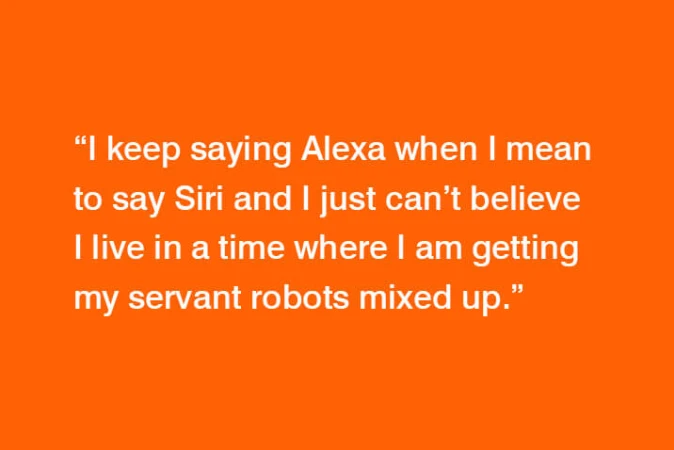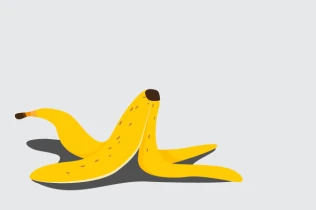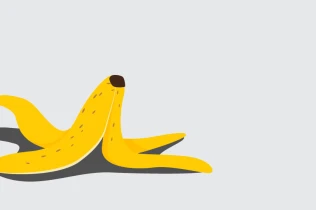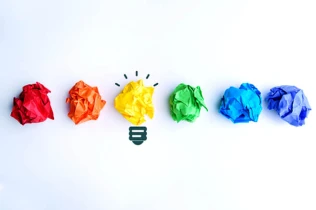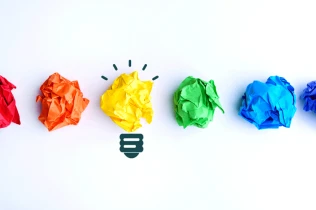Brand Experiences
A large number of consumers will have directly experienced recent advances in AI technology in the form of online chatbots and virtual assistants. Other equally innovative solutions are also coming to the fore – Facebook, for example, has utilised AI in order to analyse content in users’ uploaded photos, enabling them to target people with more specific and relevant advertising. The realm of spoken interaction, though, is where AI is really taking off.
Voice-operated AI affords brands a chance to extend on the tone of messaging established in their visual marketing, offering another dimension to the experience of interacting with a brand. Branding is increasingly becoming based around unique, intimate experiences, and the likes of Alexa, Siri and Google Assistant offer scope for audiences and brands to develop personalised, conversational relationships with one another. Factor in ever-increasing developments in synthetic speech, and audiences will soon be experiencing natural, human-like interactions.
